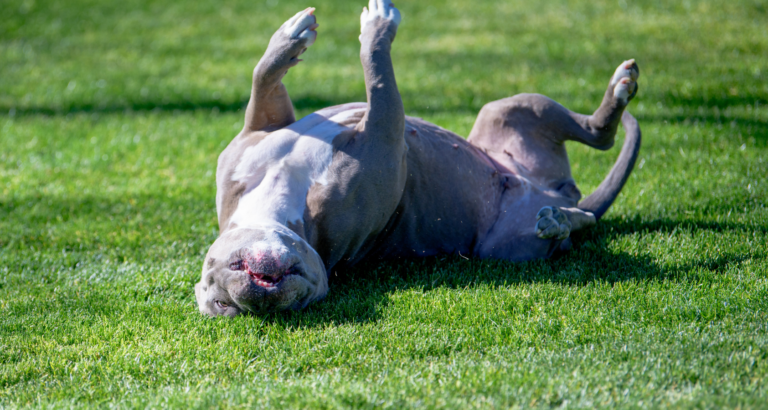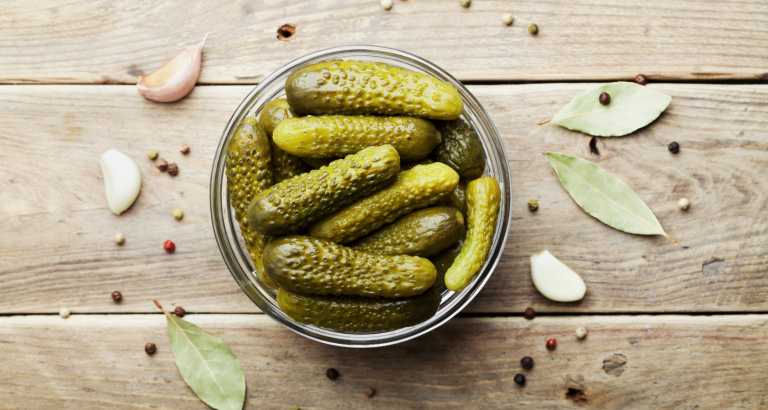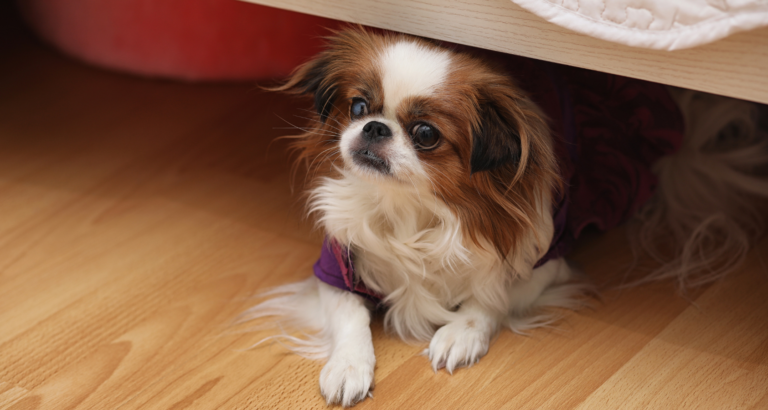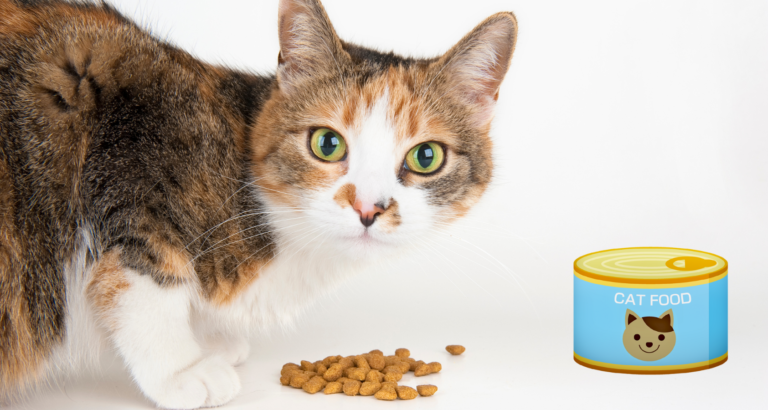4 Ways to Tell If Your Cat Still Has Kittens Inside
Last updated on May 18th, 2024 at 12:33 am
Reading Time: 10 minutesThis post may contain affiliate links. If you click and buy we may make a commission, at no additional charge to you.
How to Tell If Your Cat Still Has Kittens Inside
Your kitty isn’t feeling well, and it’s going to the bathroom frequently. When you arrive at your veterinarian’s office to learn what’s wrong, the doctor informs you that your cat still has kittens inside of her and she needs surgery immediately to remove them in order to survive. It seems unbelievable, but unfortunately it happens more often than you might think.
Here are some tips on how to tell if your cat still has kittens inside of her so you can be prepared for what may come next.
So Let’s Dive In!
Top 4 Ways To Know If My Cat Still Has Kittens inside Her
Well, it is quite rare. But, note that, after giving birth, if your cat still turns back and starts licking, it is a sign that she has difficulty in labor. And most likely still has kittens inside. The birth and labor stage is a scary and difficult time for a mum cat and her baby kitten. Can cats and dogs interbreed?
1 – Feel their belly
The only surefire way to tell if your cat still has kittens inside is by feeling their belly for them. It’s best to do this in a quiet room when your cat isn’t feeling threatened or anxious. You can check more than once in order to be absolutely certain, so don’t worry if you suspect that they have kittens inside. Let them know you care and will take good care of them.
2- Look For Change In Behavior
Cats often hide their signs of pregnancy, but there are some things you can look for that might tip you off if your cat still has kittens inside. One sign your cat may have hidden kittens is a change in her behavior. She may become less active or more affectionate. This can be attributed to a large number of reasons, so it’s important not to jump to conclusions too quickly. Observe her closely over time and see if any patterns emerge.
3 – Take note of your cat’s ears and tail
When a cat has kittens inside, her ears may stick out at an unusual angle. Also, she might have a bit of extra padding on her tail. As soon as she gives birth, however, these differences should disappear.
4 – Observe their eyes
A kitty’s eyes can tell you a lot about what’s going on inside of them. Taking their pupils into account is one way of checking in on a cat’s health. Try shining a light into their eyes from different directions and looking for signs of constriction or dilation. You should also consider any dilated pupils as indicators that your cat might be pregnant, or might have given birth recently.
Symptoms of Dead Kitten inside Cat
When you look at your cat, you can tell whether or not it still has a kitten inside by looking at its belly. A dead kitten will cause a cat’s belly to swell, so if you look and see that your cat is puffed up with no discernible kittens, you should take it to get checked out immediately. The last thing you want is for a dead kitten (or worse) to start decaying inside of your pet!
However here are some common symptoms of a dead kitten inside your cat. However, note that there are not really any clear signs. We recommend getting an ultrasound for your cat. In the early stages of pregnancy for cats, an ultrasound can detect a miscarriage.
Some signs of a possible dead kitten:
- Abdominal pain
- Fever
- Abnormal discharge from the vagina
Note: Some cats that undergo pregnancy loss might have contractions. And, those cats may give birth to dead kittens.
Malposition – Sign of a Dead Kitten
Malposition most often occurs when a kitten dies in the womb before it comes out. The presence of a dead fetus in the pelvis is uncommon. Also, it induces spontaneous functional dystocia, besides nausea and illness. Furthermore, it extends the delay in the fetus’s arrival.
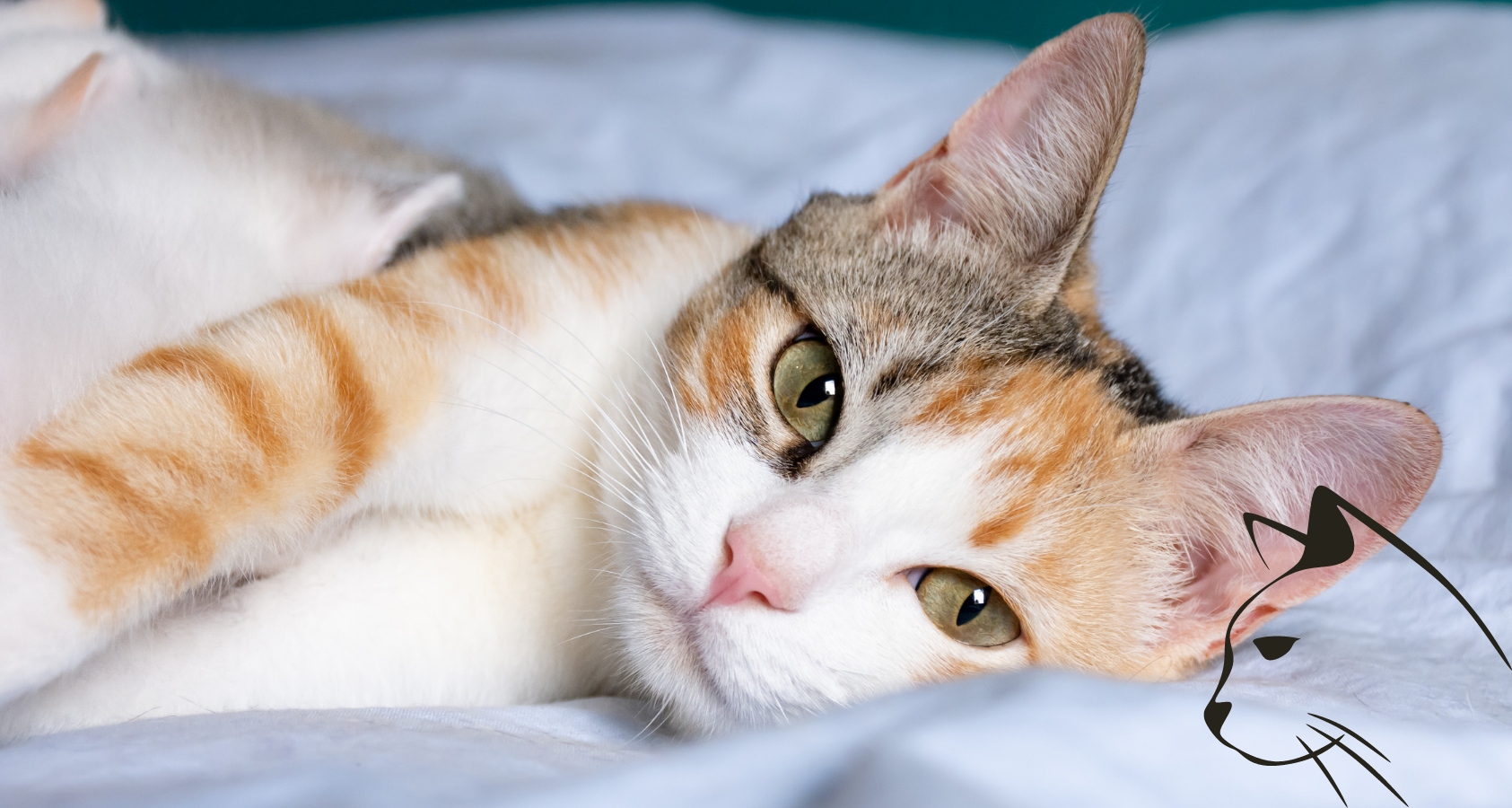
How to Deal with Cats With Kittens Still Inside
If your cat still has kittens inside or you think she has, it would be best if you softly rub her abdomen and feel where the lump of the kitten inside is. If there is no movement, it’s possible that your cat’s kitten might be dead. However if your kitty doesn’t give birth to the last kitten, she will probably get extremely sick so here are some ways to help her get that kitten out fast and with one try.
- Calm your cat first and help her feel the bump.
- Continuously rub it over the kitten’s shape on one side.
- Then, gently rub her abdomen up and down.
- It can turn around towards the opening.
- But, keep in mind; don’t force your cat in any direction.
- It is normal if your cat still has kittens inside in some cases.
- GO TO YOUR VET! They are trained to help.
However, if your cat stops giving birth and still has a lump of the kittens’ size, do not wait to visit a vet immediately.
FAQs
What to Do When a Kitten Is Dead?
What a tragedy. Dealing with your cat’s dead baby is never going to be an easy task for anyone including you and me. Yet, it is aching, sad, and disturbing for you and your cat when kittens die. In most cases, the remains of a dead kitten are cremated along with other dead pets. According to law, they are disposed of later on.
Vets and animal shelters do this for free. Many cat owners prefer to keep the remains of the dead kittens with them and in some cases bury the kitten in their backyard. It’s always hard to get rid of kittens even if you didn’t know them!
How Long Are Cats in Labor
Well, there’s a fantastic question! You’ll notice your cat has straining and strong contractions once she starts giving birth, but how long will that occur for?
- Usually, the first kitten is born in about 30 minutes. And, other litters of kittens come out in between 10 minutes to 1 hour.
- Normally, kittens are born within a thin sac. So, your cat must tear off the sac to let the kittens breathe.
- Plus, your cat will pass placenta (afterbirth) after giving birth to each kitten. This placenta will come around 10 to 12 minutes after each kitten. But wait, not all the time the placenta comes in perfect order. Most of the kittens are born before their placenta is released.
- Likewise, try to count on the placentas during this process. It will help you know how to tell if your cat still has kittens inside. And you can visit a vet if one kitten is still inside.
- Also, both of them, tail first or head first kittening, are fine. However, the birth process will take a little longer time in tail first.
- So, overall, for most of the kittens, it normally takes 4 hours to 16 hours after indication to be born. But it can be longer according to the situation.
Important Indication: If your cat struggles for about 30 minutes and hasn’t delivered a baby or cries out in pain. Make sure to contact a vet right away.
6 Common Signs Your Cat Is In Labor
- Mammary glands will become larger
- When your cat starts nesting
- Their temperature will begin to drop
- Your cat may start howling, licking, chirping, and pacing
- Changes in your cat’s behavior
- The appetite of your fluffy cat will decrease
All of these are common signs that your cat is in labor.
When Is My Cat’s Labor Over? What You Need To Know
So, after giving birth, your cat may bite the umbilical cord. And if your cat is weak to do it, you will need to help her remove it. Usually, the overall labor process takes up to 5 hours and even a whole day sometimes.
Try to give your cat all of the time she needs to settle down with her newly born kittens. Don’t bother her too much! Keep an eye on your cat but don’t interfere. Plus, rearing is the most vital aspect after the labor is done. Note that, if your cat is neglecting her kittens, straight after birth give her a little time, and if still not we recommend visiting your vet.
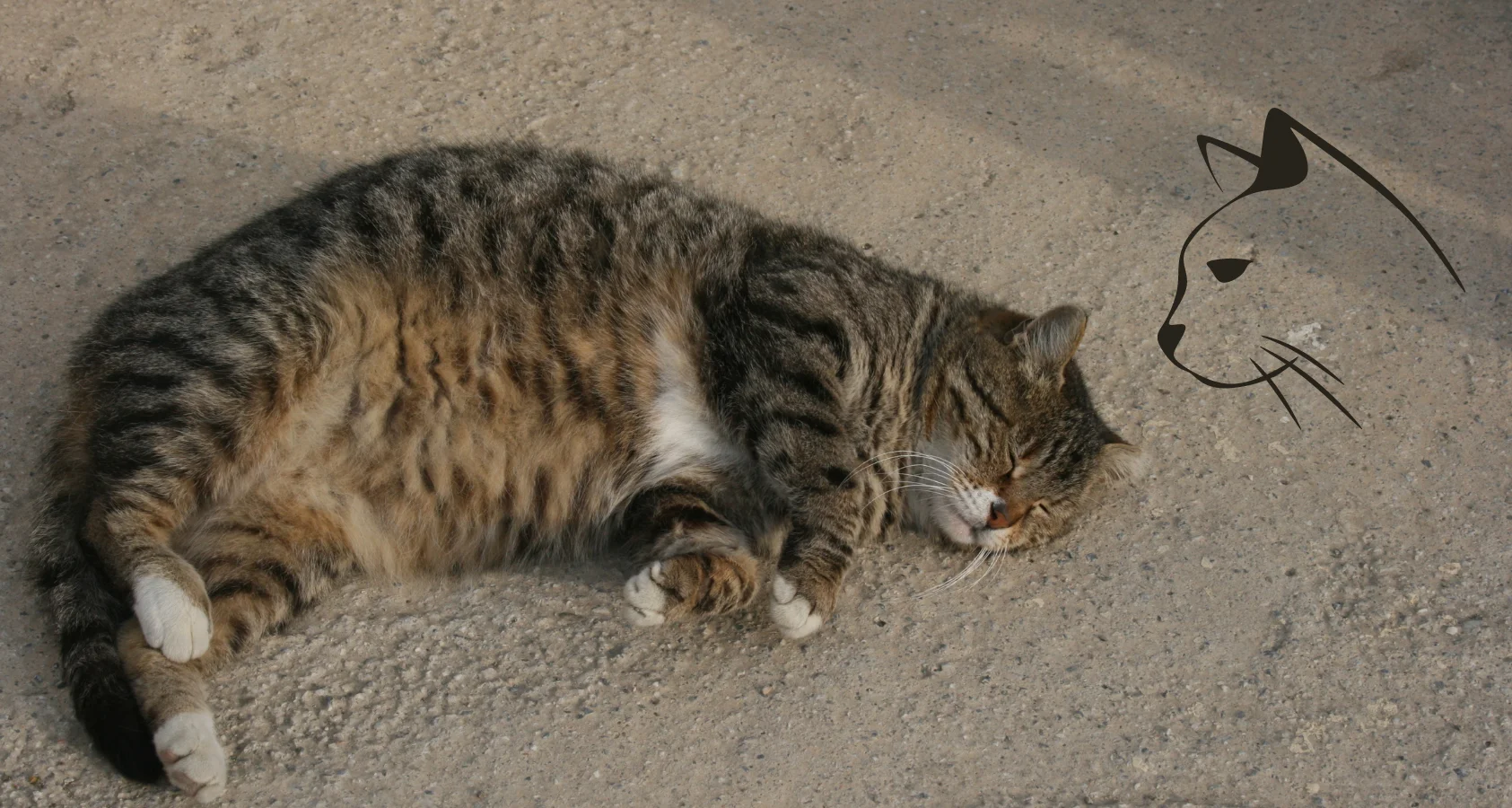
Cats and Birth Difficulties
If your cat is healthy, there are fewer chances that she will suffer birth troubles. But, sometimes, cats experience uterine inertia and abnormal blood flow. So, it happens when kittens have a wider diameter than the mum cat’s birth canal.
Uterine inertia happens when the cat’s uterus is too small or weak to expand. In this case, you need to be concerned about how to tell if your cat still has kittens inside. Also, urinating fewer, extra, or not at all, and peeing outside of the litter box are the signs your cat may be sick. And your cat needs to visit a vet promptly. Plus, if your cat acts strange, it can indicate suffering and injury.
- Causes of Birth Trouble in Your Cat
So, there can be two reasons if your cat has birth difficulties. And, to help you out, here in detail, we have outlined these two causes.
Mechanical Barriers
Naturally, kittens come out with the nose and legs next to the vagina crown, and that’s how they are born. So, the mechanical barriers are of two types. It can occur if the kitten is stuck in the wrong birth canal or if the kitten is large. Also, mum cats can deal with mechanical barriers because:
- A kitten’s head may be bent sideways or forward due to a diverged shape.
- The kitten will show its hind legs, tail, and hips first. And then it exits from the birth canal backward.
- So, there is a breech position between the tail and ramp presentation. If it occurs during the birth of the first kitten, it can be risky.
Uterine Inertia
Your cat’s labor will become useless if her uterine stiffness becomes weak. It can happen because of these reasons:
- Maybe the cat’s uterus is not normal
- If the cat is having a large litter of kittens
- If the kitten is over-sized in a cat’s small uterus
So, these are some of the causes your cat is dealing with in her pregnancy. And, here, you need to know how to tell if your cat still has kittens inside. Plus, a visit to the vet is a must.
- Symptoms Your Cat Is Having Birth Difficulties
Felines that are older are more likely to suffer from mechanical obstruction and uterine inertia. If your cat is extremely fatty, giving birth to small litter kittens could be trouble. And, then uterine inertia plus mechanical obstruction can happen. So, mostly, these symptoms occur in cats with fat faces and large heads like the Persian kitties.
- If a cat is not able to give birth after an hour of intense pressure
- A cat suddenly might feel worn out or numb.
- Plus, if the labor stops and a cat becomes weak and distressed.
- Or if the body temperature is above 40 degrees Celsius or below 36 degrees Celsius.
- It surely means that a mum cat is now at risk.
So, if you see any of these symptoms in your cat, visit a vet right away. It can also be the symptoms of a dead kitten inside a cat. So, it would help save the life of a mum cat and her baby.
How to Deal with Cat Birth Difficulties
If a cat goes into labor but is having trouble delivering her kittens, you may need to step in and help deliver them manually. Here’s how you can handle birth difficulties your cat’s birth difficulty.
Medication
Sometimes, uterine stiffness becomes weak due to calcium deficiency. And, to induce strong labor, a vet may inject oxytocin into your cat. It is made with calcium gluconate and the pituitary gland. But, it can cause trouble and damage the uterus at certain times. So, it is vital to know the cat’s past health history before taking any medication.
Cesarean Section
If your vet cannot resolve the cat’s birth problems with medication, he may advise a cesarean section. So, the vet will make the best choice for a mum cat with all possible treatments. And a vet may consider the following factors for the next therapy:
- X-rays and testing results
- Oxytocin’s inactivity
- Length of cat’s labor
- A dry birth canal
- Condition of a mum cat
- And, the size of cat’s uterus and kittens
So, if your cat is healthy and young, a vet may operate with general sedation.
Conclusion –How to Tell If Your Cat Still Has Kittens Inside
We often get excited and nervous at the same time when we hear our cats are in labor, and even more when they are giving birth. A common scenario is going to bed and finding kittens in your house unexpectedly.
Of course, if you suspect your cat is expecting, a trip to the vet should confirm it. However, there are some subtle things you can look for at home: sudden weight gain, lethargy and a swollen belly are all signs that your cat is still pregnant and may have kittens inside. If your cat is hiding away more than usual and avoiding human contact, she might be in labor. Keep an eye on her for any abnormal behavior that might signal pain.
About The Author
I'm a content writer and researcher. But bottom line, I loveee animals. I had my first animal which was a guinea pig at age 8. Later had a bunny, dog and a lot, a lot of fish. Writing about what I know about pets will allow me to share my knowledge and love for them with everyone else. Dealing with dogs my entire life, I know a lot.



